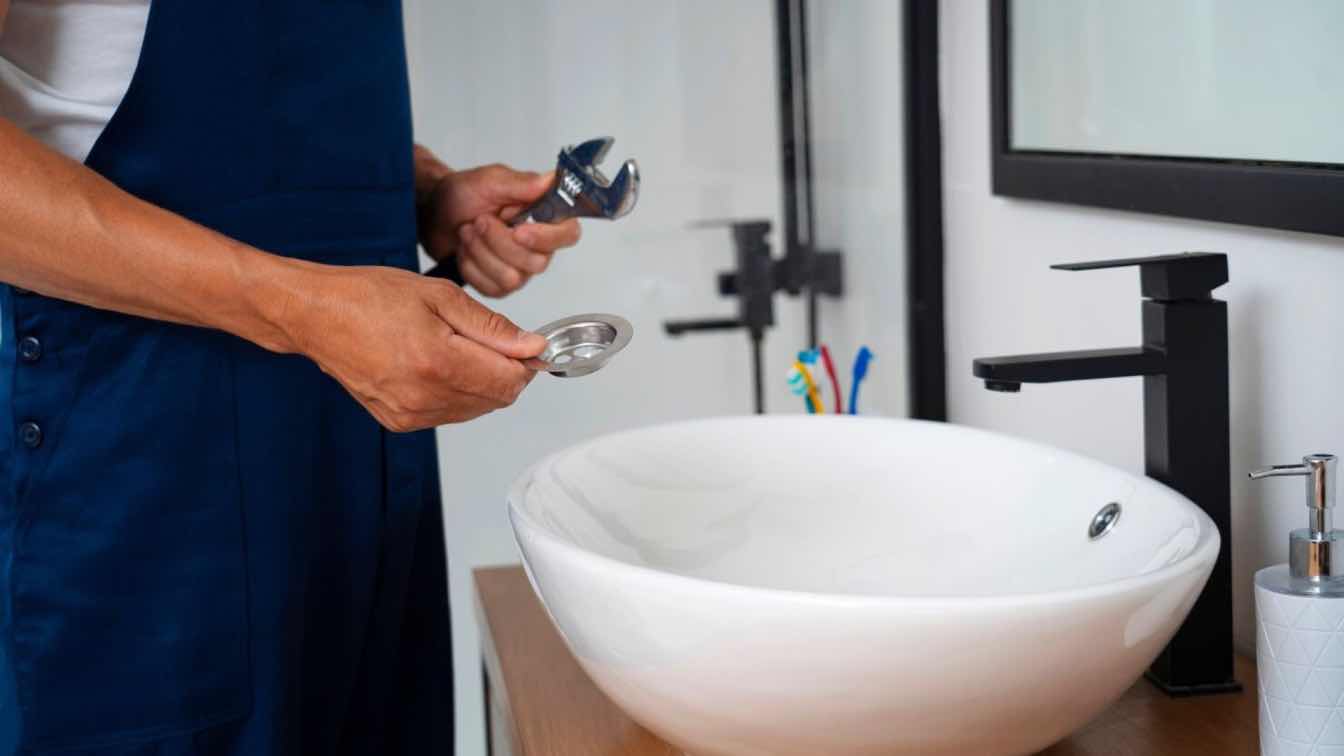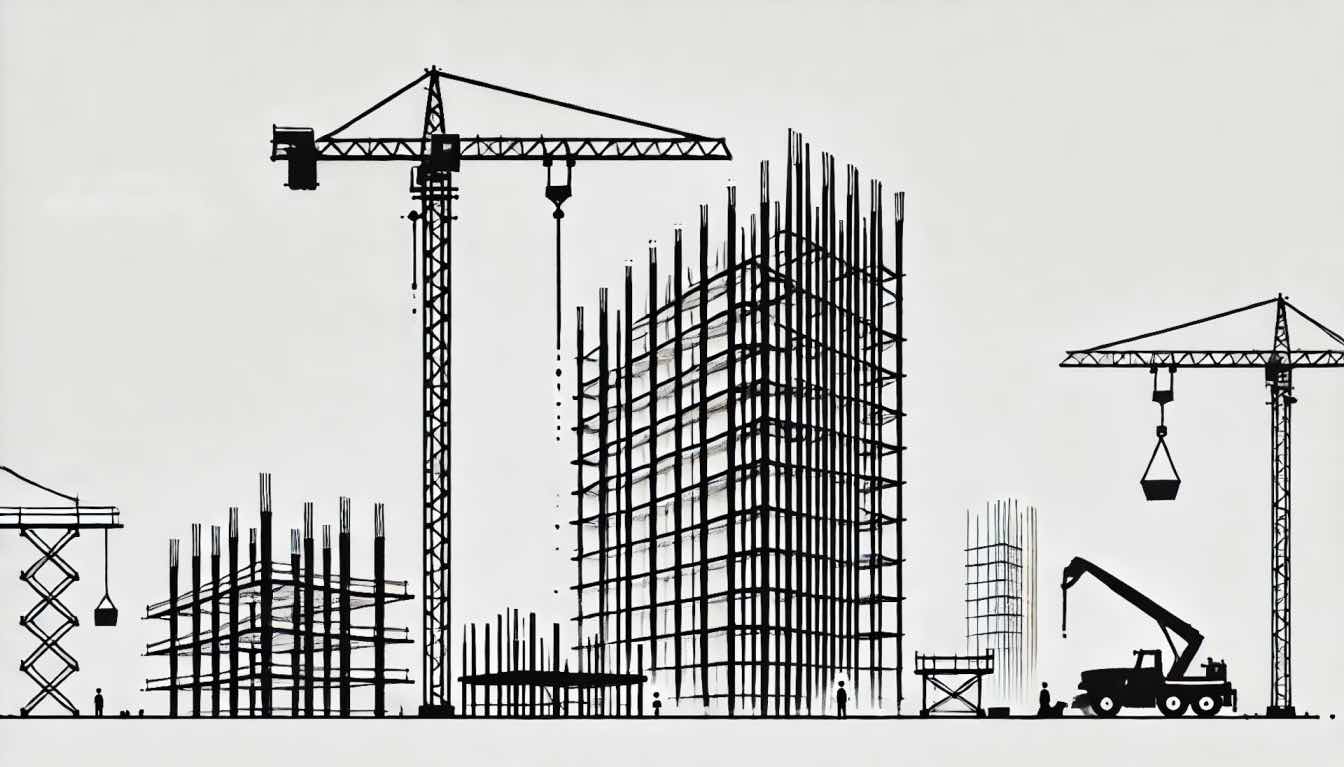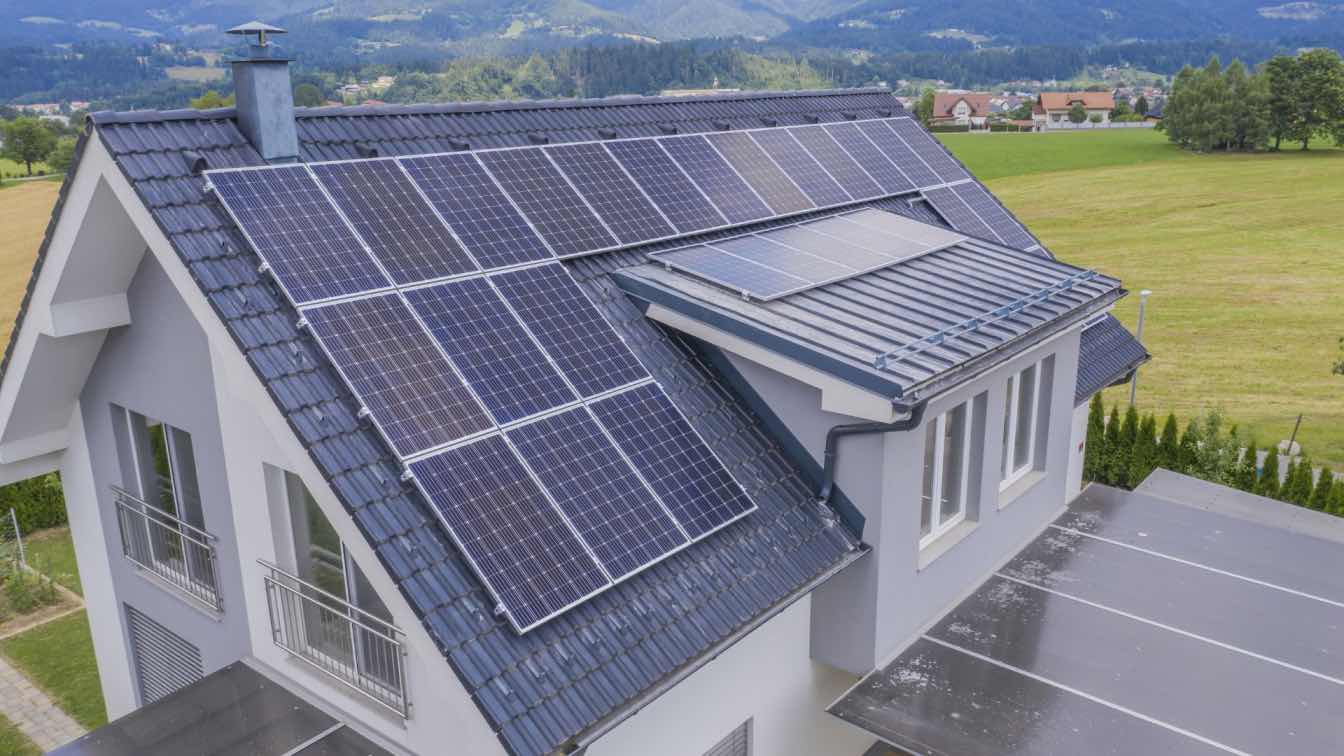Tiny homes have grown in popularity among those looking to embrace a simpler and more eco-friendly lifestyle. However, designing a functional and efficient plumbing system in such a small space can be challenging. With the right strategies, you can ensure your tiny home has all the comforts of modern plumbing while maximizing space and efficiency. Here are some smart plumbing solutions for tiny homes.
Compact Plumbing Fixtures
Maximizing every bit of available space is crucial when dealing with limited room. Compact fixtures, such as small sinks, low-profile toilets, and corner showers, are ideal for tiny homes. These fixtures are crafted to save space while blending seamlessly with the overall design.
For example, a wall-mounted sink can free up floor space, while a compact toilet with a built-in handwashing station can serve dual purposes. Additionally, installing a combined washer and dryer unit or a combination shower bathtub can save valuable space without sacrificing functionality.
Tankless Water Heaters
Conventional water heaters with large tanks often require a lot of space, making them less suitable for compact living. In contrast, tankless water heaters are an excellent choice for tiny homes. These systems provide hot water on demand, are much smaller in size, and free up valuable storage space. Additionally, they are energy-efficient since they do not need to maintain a constant supply of heated water.
When choosing a tankless water heater, it is essential to consider your household's water usage and the unit's flow rate to ensure it meets your needs.
Water-Saving Fixtures
Sustainability is a key aspect of tiny home living. Adding water-efficient fixtures, such as low-flow showerheads and faucets, helps save water while maintaining full functionality.
Dual-flush toilets are also a great choice, enabling reduced water usage for liquid waste. Incorporating aerators in your faucets is a simple yet effective way to minimize water usage. These compact devices combine air with water to maintain pressure while decreasing the total flow rate.
Smart Plumbing Layout
A well-designed plumbing layout can make all the difference in a tiny home. By grouping water-dependent fixtures—like sinks, showers, and washing machines—closer together, you can minimize the length of plumbing pipes. This reduces installation costs, energy loss, and water waste.
Consider placing your kitchen and bathroom back-to-back or on the same side of the home to simplify the plumbing system. This thoughtful arrangement reduces the need for extensive piping, improving the system's efficiency and simplifying maintenance.
Flexible Plumbing Materials
Modern plumbing materials, such as PEX (cross-linked polyethylene), are ideal for tiny homes. PEX pipes are lightweight, flexible, and simple to install, even in confined areas. Their durability and resistance to freezing make them an excellent option for mobile tiny homes.
Using flexible materials allows you to route plumbing through walls, floors, or ceilings without needing extensive modifications. This adaptability is particularly beneficial in confined areas where installing conventional rigid pipes can be challenging.
Rainwater Collection and Greywater Recycling
Many tiny homeowners incorporate rainwater harvesting systems to reduce their dependence on municipal water supplies. Rainwater harvesting systems enable the collection and storage of water for non-potable uses, like watering plants or flushing toilets.
Similarly, greywater recycling systems provide an eco-friendly alternative by capturing water from sinks, showers, and washing machines, filtering it, and reusing it for tasks such as toilet flushing or irrigation. Integrating these systems not only saves water but also reduces your environmental footprint.
Maintenance Tips for Tiny Home Plumbing
Consistent maintenance is vital to ensure the efficiency and longevity of your plumbing system. Follow these important tips:
1. Conduct Routine Inspections: Look for leaks or damage in pipes and fixtures to avoid expensive repairs.
2. Clean Drains: Regularly clean your drains to avoid clogs caused by soap scum, hair, or grease.
3. Winterize Pipes: If your tiny home is mobile or located in a colder climate, insulate pipes to prevent freezing.
Hiring a local plumber for routine inspections can assist in identifying potential issues early on. A professional can also recommend upgrades or adjustments to improve efficiency.
Portable Plumbing Solutions
For mobile tiny homes or off-grid setups, portable plumbing systems can provide flexibility and convenience. Composting toilets, for example, eliminate the need for a sewer connection and are eco-friendly. Portable water tanks and pumps can supply fresh water without requiring a fixed waterline, making them ideal for remote locations.
Eco-Friendly Plumbing Practices
Sustainability is a cornerstone of tiny home living. Eco-friendly plumbing practices, such as installing solar water heaters or using biodegradable soaps, can reduce your environmental impact. Additionally, low-energy pumps and recirculating systems can help conserve energy and water.
Final Thoughts
Creating an effective plumbing system for a tiny home demands thoughtful planning and strategic decisions. By selecting compact fixtures, optimizing your layout, and incorporating water-saving solutions, you can create a system that maximizes space and functionality.
Whether you’re building a stationary or mobile tiny home, consulting a local plumber ensures your plumbing system is tailored to your unique needs. Embracing these smart plumbing solutions not only enhances your tiny home living experience but also supports a sustainable and efficient lifestyle.





